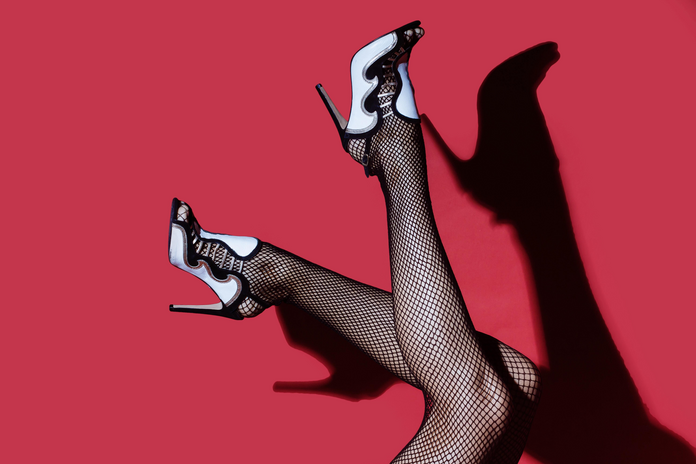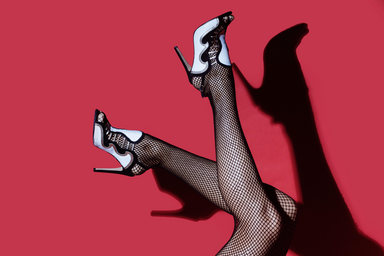Drag has always been an art form. Flashback to the 17th century: when Shakespeare’s plays were acted out solely by male performers (including each and every female role). Two centuries later, during the 1800s, drag evolved into “dame” or “travesti” pantomime, a performative art that served to mock femininity. During the early 20th century, drag was simply known as “transvestism,” and became taboo in Western society.
Nowadays, drag is considered an empowering medium of art for the LGBTTQIA+ community. Thanks to major drag queen icons such as Rupaul Charles, Linda Simpson, and Lady Bunny, drag has gradually become even more contemporarily acknowledged as a legitimate entertainment form and job on a global scale. However, the drag scene’s most notorious breakthrough occurred during the mid-2000s, when RuPaul’s Drag Race was released.
Since Season 1, this reality-style competitive show focuses on showcasing the talent of locally-known drag queens in a variety of areas such as sewing, singing, dancing, comedic improv, and acting. Usually, as the show progresses, a different queen is eliminated with each passing episode after a lip sync duel. And thus, at the end of each season, only one queen can hold the title of America’s Next Drag Superstar.

Despite publicly apologizing for his controversial statements, RuPaul has made an effort to redeem himself and his show for the sake of inclusivity and respect for both performers and fans of the show alike. As of season 13 (the latest season), RuPaul changed the show’s iconic catchphrase to a more gender-inclusive variant: “Racers, start your engines, and may the best drag queen win.” The show has also casted two transfeminine drag queens since: Gia Gunn (All Stars 4) and Peppermint (Season 9). However, this year’s season 13 casting was groundbreaking for both the show and the LGBTTQIA+ community, and here’s why: it’s the first time in Drag Race history that a transmasculine drag queen is cast as a contestant.
Meet Gottmik, one of this season’s most promising drag queens, and a fan favorite from the start. Known for her heavy use of white clown faces and bondage-inspired outfits, this Arizona queen is as extravagant as she is talented. Known as Kade Gottlieb out of drag, he works as a celebrity makeup artist, having styled A-list celebrities such as Lil Nas X (remember his controversial 2020 “Super Bass” Nicki Minaj costume? Yep, that was Gottmik’s makeup magic in action), Paris Hilton, Jeffree Star, and Heidi Klum. He has even created makeup looks for fellow celebrity drag queens such as Alaska Thunderfuck 5000, Willam, and Detox. Kade’s makeup work has also been featured in major editorial publications, such as Nylon, Paper, and Flaunt.
Even though Kade is only 24-years-old, it’s worth noting that his success as a multifaceted artist isn’t recent. In fact, he began performing in drag as Gottmik (a wordplay name derived from the famous American advertising campaign “Got Milk?” and his second name, Gottlieb) when he was only eighteen, before he transitioned. Once he graduated high school, Kade completed a Bachelor’s degree in product development from the Fashion Institute of Design & Merchandising (FIDM). During this process, Kade obtained a lot of valuable fashion, sewing, and styling lessons that would further help him develop his drag character (and aid him in Drag Race’s sewing competitions).
Whether in or out of drag, Kade is a strong advocate for trans rightsーoftentimes starting conversations surrounding this topic when interviewed, and channeling his own trans identity throughout his in-drag fashion and makeup clothing. As Gottmik, her purpose as a performer is to “crash the cis-tem.” He’s also very open about his experience as a trans male femme drag queen, and how he now embraces his own femininity freely despite identifying as a male.
In an interview with Attitude, Kade described how he didn’t quite feel as if he fit the mold of what a transgender man should look like, especially since he was into femme drag. “I love drag, and just looking at these really trans masculine men, I was, like, ‘How could that possibly be who I am’?”, Kade tells Attitude. And then, “The second I woke up, I was, like, ‘Girl, if cis-gender men can be feminine, a trans guy can be feminine. Just because it’s beyond you, doesn’t mean it’s not there. So, girl, do it, and pave this path.”

Gottmik is perhaps the most groundbreaking drag queen to have ever graced the catwalk of RuPaul’s Drag Race, but if there’s anything that we can learn from her, it’s that we should be free to be absolutely and unapologetically ourselvesーregardless of our identities, personalities, or aesthetics. After all, as Gottmik says, “that’s what I didーand I’m living.”


